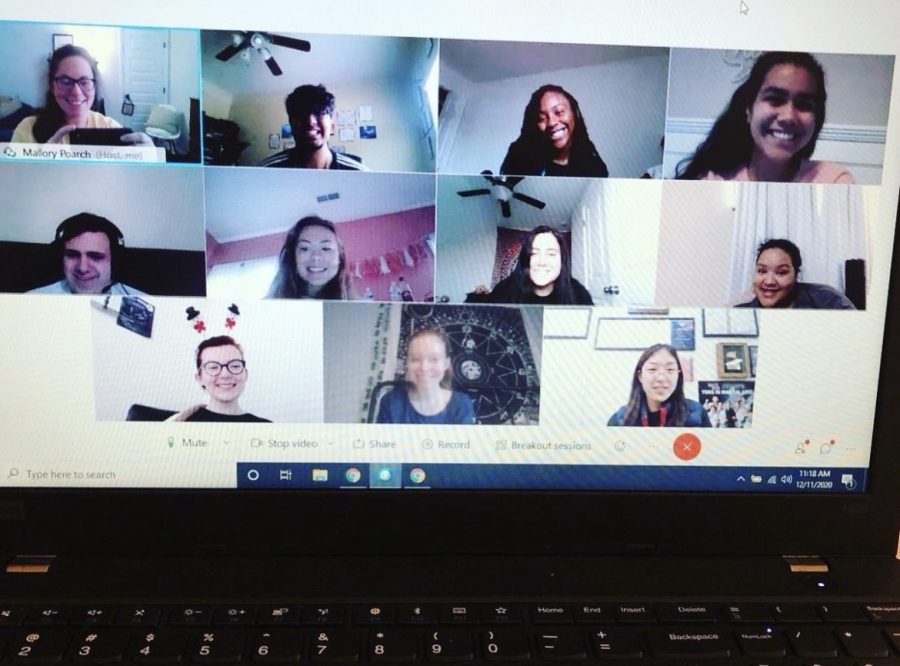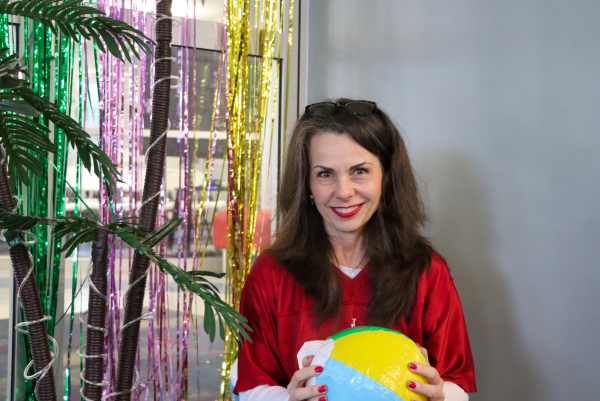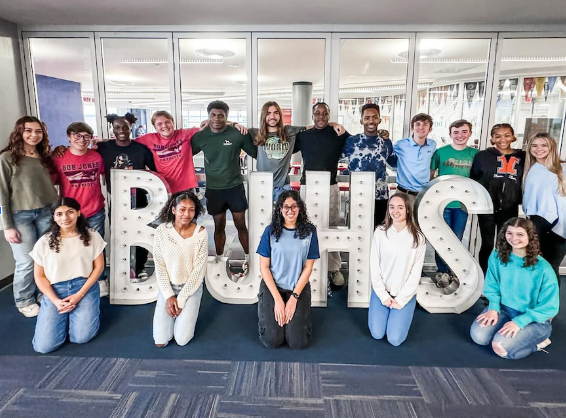The New Virtual
January 15, 2021
Virtual learning has been an evolving experience from the start. Since the spring and even since last semester, the school system reenvisioned the policies and even the experience of virtual learning. You can read about the specifics of these policies by clicking HERE.
Last March when all chaos broke loose, we had a few weeks where learning was taught through Google Classroom. This worked for the first few weeks, but when the school board announced the plan for virtual learning for the remainder of the spring semester in 2020, many students chose the option to keep their grade as it was. Due to this, students didn’t try as hard or simply didn’t do any work in those classes because they knew it wouldn’t be for a grade. This also means some students didn’t learn half the material that was supposed to be taught in that class. This was a very spur-of-the-moment approach to virtual learning. However, virtual learning improved last fall, and it was a fair option for students who were concerned about their families catching COVID-19.
This semester, Spring 2021, there are a few new rules for virtual students to follow. For example, live class meetings are now mandatory. Mr. Maguire said, “For many reasons, conducting virtual lessons this semester has been a lot easier and more rewarding than the experience I had in the fall, foremost among them that student attendance is no longer optional. It’s heartening to see that for the most part, families’ bandwidth appears generally sufficient to support multiple students in the same household logging into their classes at the same time… I feel that I would recognize most of my virtual students if I saw them on campus, something I could not have said confidently at this time last semester.
Students polled for this story were torn on how they felt about mandatory attendance. Sarah Jennings, a junior at Bob Jones, said, “Lives are mandatory but not really helpful. I was learning more last semester.” Different students have different learning styles, so some students find it easier to work on their own instead of joining a live meeting. Sarah also mentioned that virtual classes this semester are more strict, but last semester she was able to do her work on her own time so she worked more efficiently. Other students appreciate the live lessons. A student at James Clemens, Caitlin Howard, said that the mandatory lives help her stay on task and not procrastinate as much.
There are also virtual classes taught through ACCESS. ACCESS classes are taught asynchronous while classes through Schoology are synchronous. Caitlin Howard explained that she never had a live class meeting through ACCESS. Caitlin also said that her ACCESS classes did take a little more effort, but they were also AP courses so it might have been because of that. ACCESS is also sometimes used for online classes. Online classes are different from virtual classes because, for example, an online history class would’ve been taught online even if the pandemic had never happened. Online classes can also be registered as 5th block classes.
Regardless of the format, teachers and students are learning how to navigate online school and make it feel more like real school. Mrs. Edger said, “Making connections and establishing teacher-student relationships is extremely hard in a virtual environment. One thing that is making it a bit easier is the requirement for students to have their cameras on. I am able to comment on their hair, hoodies, or even animals that may creep past the camera! Doing this has opened up windows of communication not just between myself and the students, but also among themselves. There are still areas I struggle with, such as learning how to create group projects in a virtual classroom and ensuring that students read the assigned material. But hey, we’re all learning and growing together!”
In conclusion, the process of figuring out how to progress virtual learning into an equal alternative to in-person school has been successful. The policies and new options added to virtual learning this semester have helped with this. However, some students suggested a few changes be made, like having more administration or counseling dedicated to helping virtual students with scheduling and concerns and students being added to their ACCESS classes in a more timely manner.












